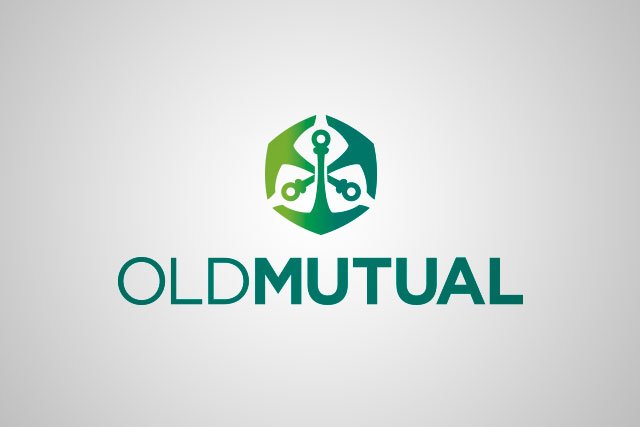Taking Stock…All you need to know about the OM ETF dividend
Old Mutual Investment Group Zimbabwe (Pvt) Limited, the fund manager for Old Mutual ZSE Top Ten Index Traded Fund (OM ETF) declared the instrument’s first-ever dividend this week following its listing on the fourth of January this year.
The declaration was largely expected as several companies that make up the OM ETF had since declared dividends.
But as people shared the dividend, and looking at the nominal value, the reaction was mixed.
Some welcomed it and wished they had invested more on the OM ETF.
“Aah definitely buying more ETFs cause yes. It can only get better,” is how one individual on Twitter reacted to the dividend news.
Others looked at the nominal figure and thought it was a pittance and not worth the while.
Insignificant! This is how one individual put it in a WhatsApp group.
Both sets of investors could be justified for their reaction.
Before we go any further with this article, here is a little more detail about the Old Mutual ZSE Top Ten Index Traded Fund (OM ETF), a creation of Old Mutual Investment Group Zimbabwe (Pvt) Limited.
The OM ETF is a basket of securities that trade on the Zimbabwe Stock Exchange, just like an individual stock.
Buyers of the OM ETF own a proportional interest in companies that make up the asset.
According to the fund manager, the investment objective of the OM ETF is to provide investment results that, before fees and expenses, closely correspond to the performance of the ZSE Top Ten Index.
In creating the OM ETF, the fund manager issued units and in the same process bought a basket of stocks in the exact proportions of the counters that fall under the ZSE Top Ten counters.
And whilst the OM ETF is expected to track the performance of the ZSE Top Ten Index, one of the objectives for the fund manager is to ensure that any dividends accruing to the portfolio are distributed to the unitholders.
It is in that spirit that this week, the fund manager for Old Mutual ZSE Top Ten Index Traded Fund (OM ETF) declared Dividend Number 1 of ZWL1,73 cents per unit of the OM ETF.
In total, all unitholders got $2,480,236 which would be shared per unit held by each investor.
On the face of it, as some have put it, the amount seems insignificant.
One would need a million OM ETFs to get a total dividend of just $17,300.
But dividends are rarely looked at as nominal figures.
The appropriate valuation metric is the dividend yield.
And according to that metric, the dividend yield for the OM ETF is approximately 0,9 percent using Wednesday’s closing unit price.
That isstill not a lot of money considering the level of inflation at the moment.
Since the listing of the OM ETF, inflation is approximately 25 percent, thus eroding the dividend.
Fortunately for unitholders, the OM ETF also provides them with capital gains and to date, the ETF has gained 100 percent.
In addition, while the yield is lower than the average dividend yield of 2,5 percent declared by listed companies, there is need to take note that some counters that make up the OM ETF have not yet declared dividends while others like Econet are yet to release their results during the period under review.
As the ZSE chief executive officer Justin Bgoni puts it, via his Twitter handle @BgoniJustin on Thursday,” the important principle is for investors to understand that an ETF can pay a dividend.”
There are a few more things that investors should know about the OM ETF dividend and
dividends in general.
There is a Dividend declaration date which is the date the dividend payment is announced. It is simply an announcement – no dividends are paid on the declaration
date.
Then there is the Last Record date which is the date on which a company’s management looks atthe shareholder records to see who is eligible to receive the latest dividend payment.
This date is of little importance to investors, however. The important one is the exdividend date. This date is two days before the record date. Investors who purchase shares on ETF units on or after the ex-dividend date will not be eligible for the dividend.
The Payment Date is self-explanatory. But let us explain it anyway. This is the date on which cash is paid to shareholders as a dividend. It might take a few days before the money hits one’s account though depending on how efficient the banking system is.
For me, the most important date is however the cum dividend date. This is the last day to buy the shares or ETF units if one is to be eligible for the dividend. At the same time, the seller would be selling the right to the announced dividend.-ebusinessweekly.cl.zw










